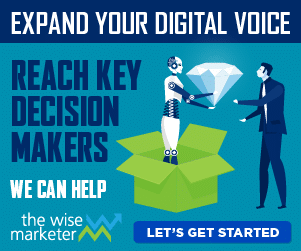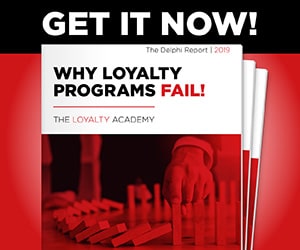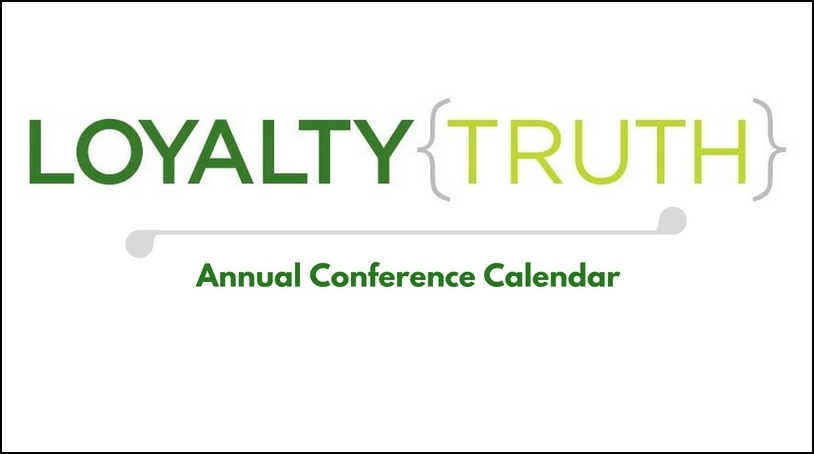Gamification is coming of age and evidence of the maturation of the industry was in full bloom at Engage 2012, Badgeville’s first annual Summit event, held in San Francisco August 8 and 9.
The theme of the conference was Measure, Influence, and Connect. Through my participation in the first day of the event, I found these to be more than buzzwords, becoming links that connected presentations made throughout the day. Over 400 people were in attendance, and the format was diversified and entertaining, with keynote talks staggered along with several “fireside chats” throughout the day.
I had the pleasure of interviewing Lee Hammond, VP of Digital, Interscope records in one of the morning sessions. Interscope embodies labels such as A & M and Geffen Records and, as the home for Lady Gaga, Eminem, and Dr. Dre among many other artists, is the leading recording label in the Universal Music portfolio.
Lee talked about how Interscope became an early adopter of Badgeville’s behavior platform and has experimented with varying tactics to build fan engagement across multiple “artist dot com” sites. Interscope has adopted a network loyalty approach, enabling fans to collect points for behaviors (sharing, commenting, recommending) across different artist sites, with fans accumulating points to build their status and recognition in the music community.
The network loyalty approach is the equivalent of a coalition loyalty design, just with artists as the cooperating brands. So far, the points awarded lead to recognition rewards only, but Lee hinted of the possibility of introducing tangible rewards at some point in the future.
Matt Heinz of Heinz Marketing served as a fantastic moderator for the day, populated with great fireside chats featuring Ask.com, Barnes & Noble, Bazaarvoice, Peoplebrowsr and EMC. Throughout the talks, the future of gamification became progressively “unlocked”, almost like a badge in a game.
There was also a great discussion of how to build an effective community, something much talked about, but much more difficult to execute in practice. Sean O’Driscoll, CEO & Co-Founder · Ant’s Eye View and his fellow panelists shared how communities often get their best start by allowing people with a common interest (whether a fan group or a software developer group) to “ask a question and answer a question”.
Once people see value in this simple exchange, community involvement starts to rise. This shared higher calling among users is the fuel needed to grow the community, and sponsors are well served to accept that they aren’t “managing” the user group as much as they are moderating discussions in a hosted environment.
Keynotes highlighted the day with Sarah Rotman-Epps, Forrester Research, Ray Wang, CEO & Principal Analyst · Constellation Research, and Tim Chang, Managing Partner · Mayfield Fund sharing amazing insights and bringing the future of customer engagement into focus.
Martin Schneider, Research Manager · 451 Research also made a strong presentation on Big Data and, in fact, there were just too many good talks during the day to document them all here.
Wrapping up the day, Tim Chang brought clarity to the day, effectively knitting together the many presentations. He suggested the name “gamification” itself might be a contributor to why some people continue to suggest gamification is just another fad that will pass in time. Mr. Chang talked about how games take people on a personal journey, advising that game designers should break down the journey into segments that can be tailored to meet the needs of gamers playing with different motivations as well as those in various stages of advancement in the game.
Founding a game on clear objectives, sharing the rules of engagement transparently, and allowing players to begin to define their own challenges over time can lead to the most productive results. The best designed games create a user experience framework based on an understanding of play patterns, and progressively evolve to a point where users are eagerly participating whether the game framework is explicit or not.
My big takeaway from the day was a conviction that incorporating game mechanics into Social Loyalty programs will be an essential part of program design in the future. The body of evidence connecting game mechanics to sales conversions and incremental profitability is growing, and the brands which can look past the “G” word and embrace the potential it represents, will prosper.




